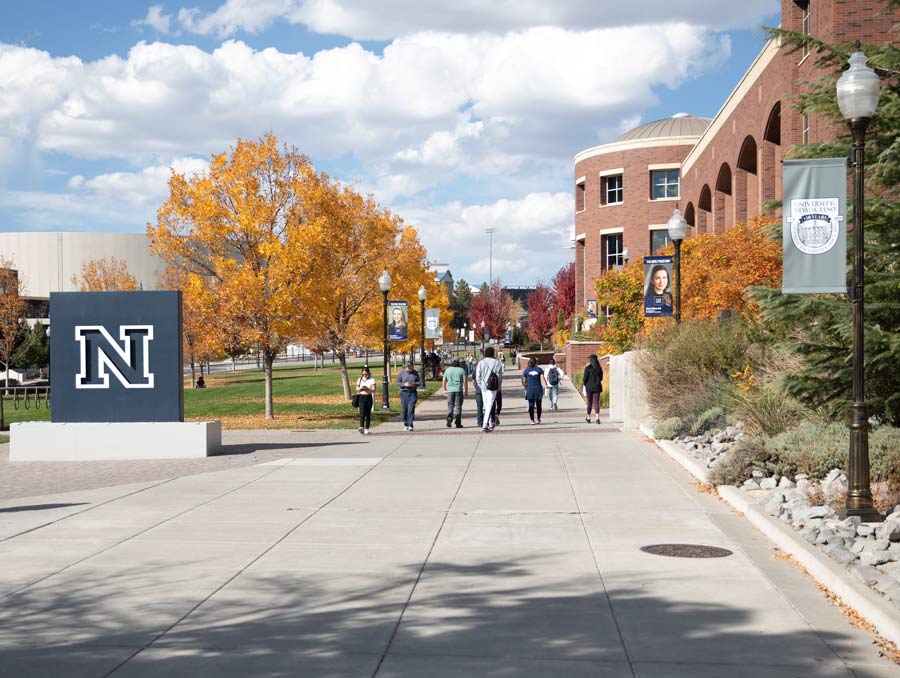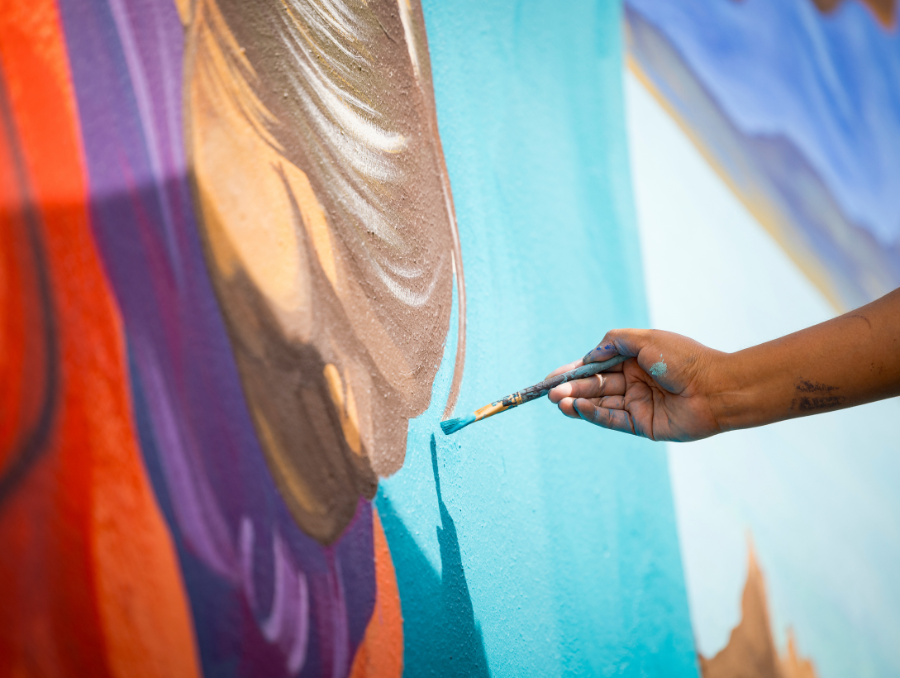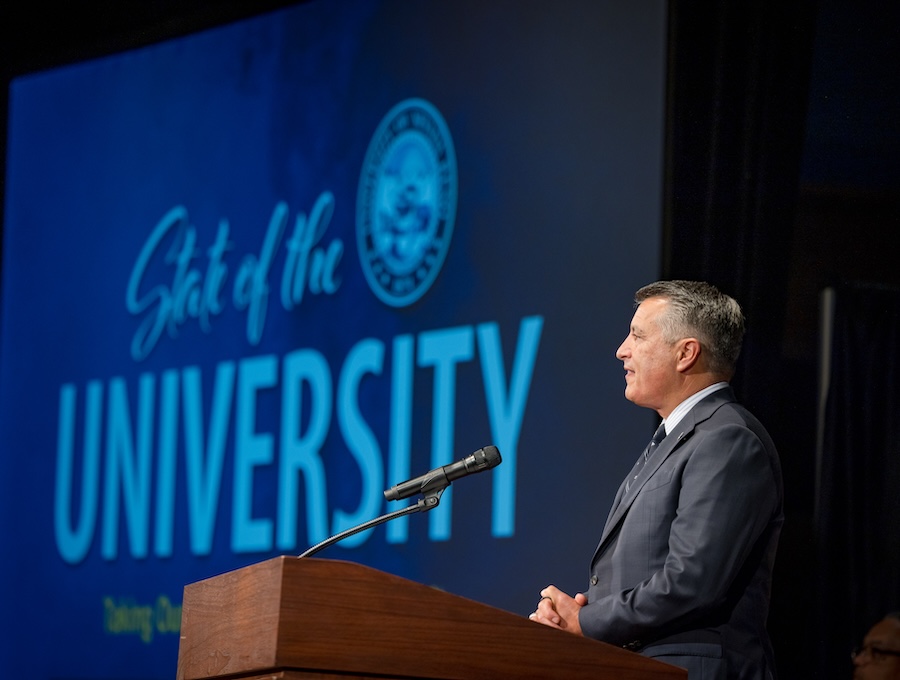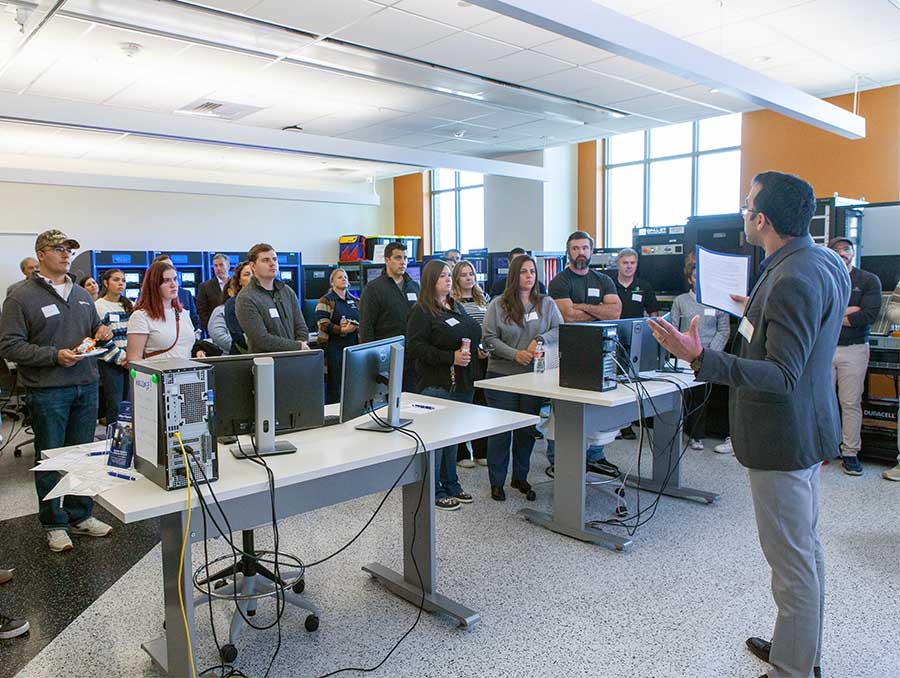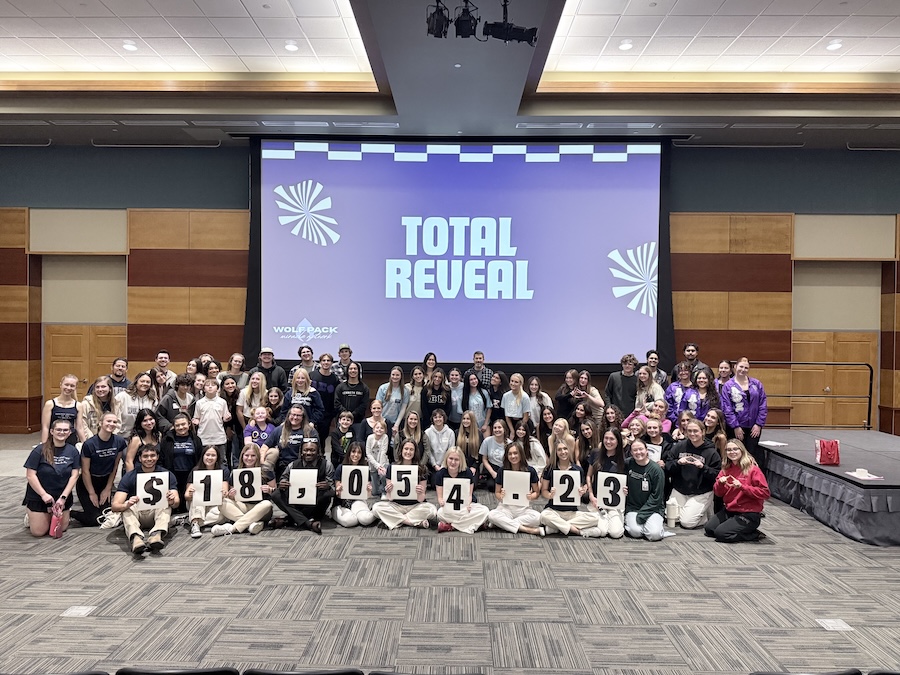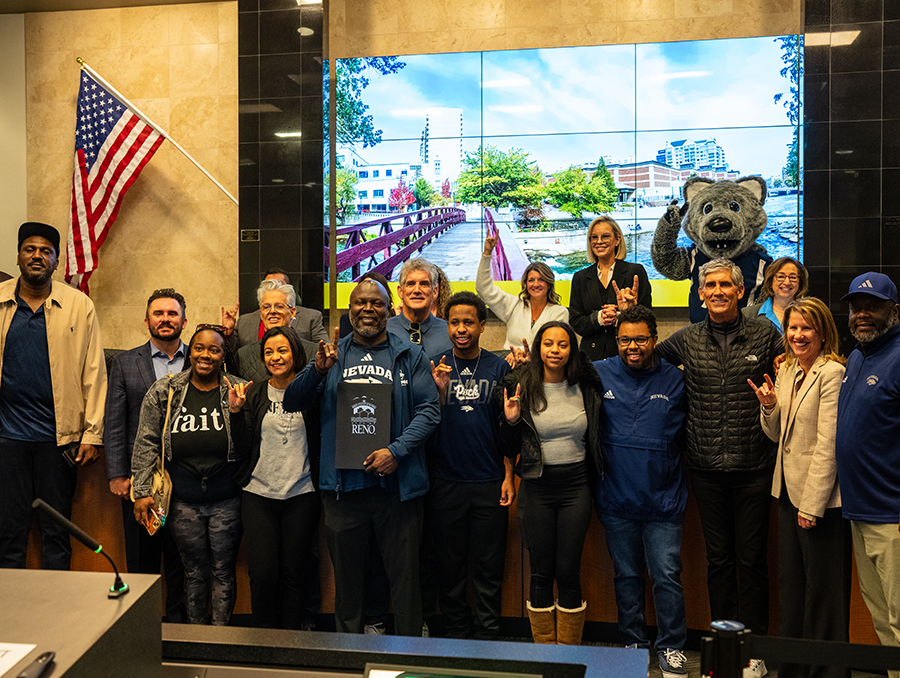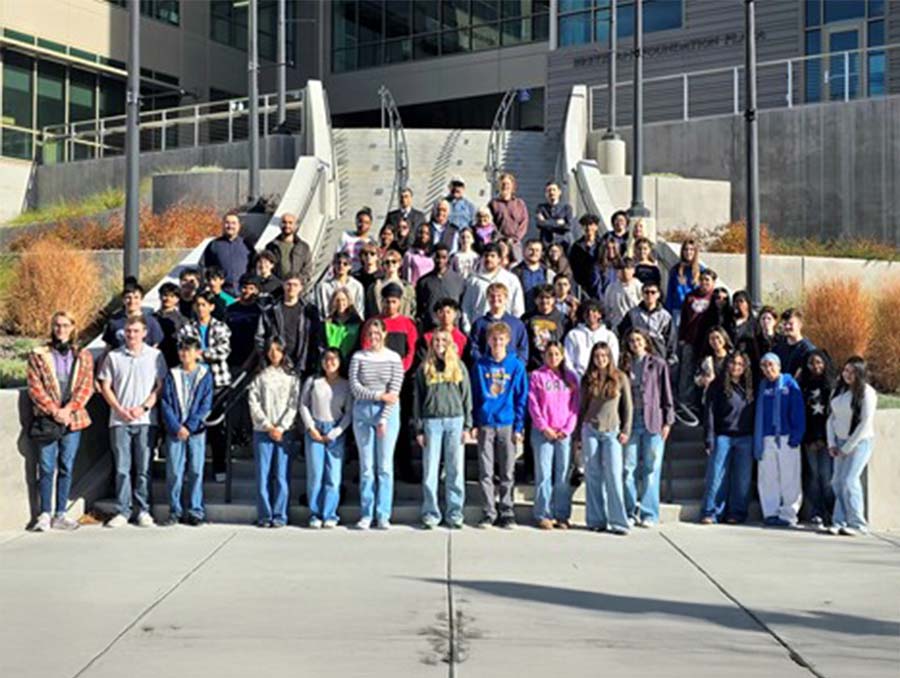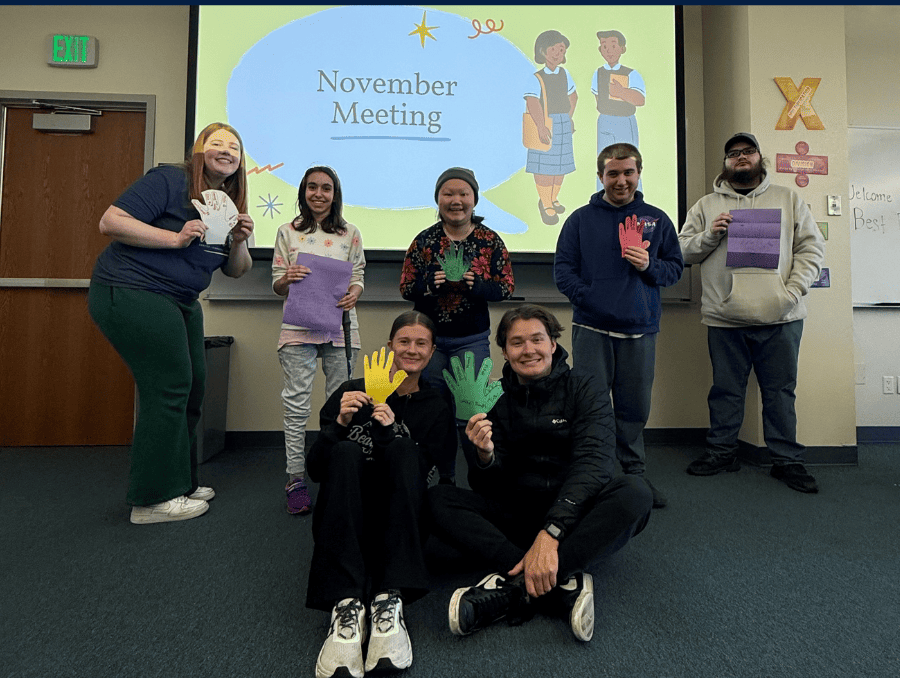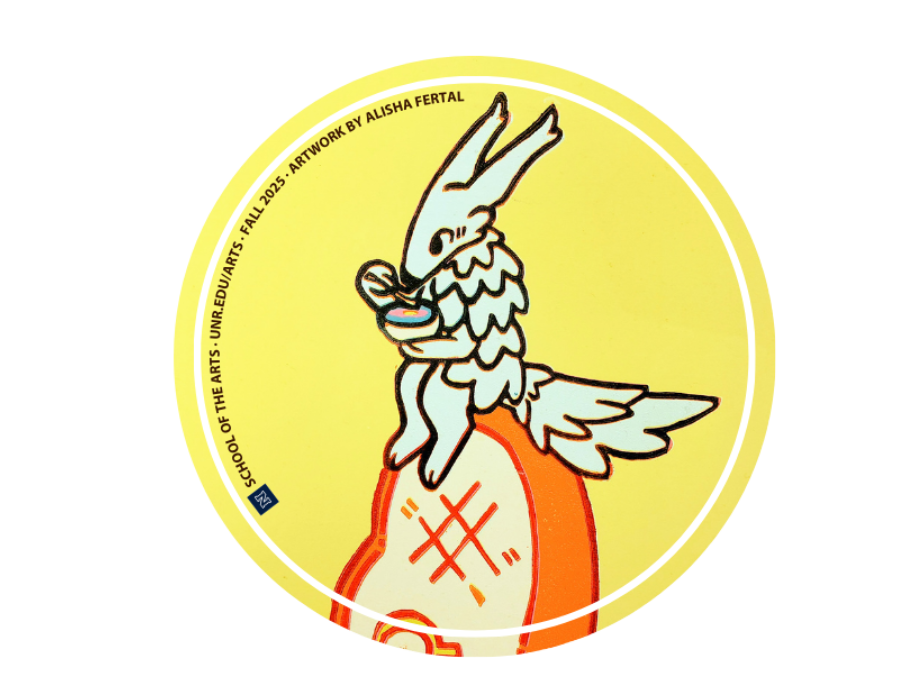Klaire Rhodes is a graduate student working in the Nevada State Climate Office with Associate Professor in the Department of Geography Thomas Albright. Albright is serving as Interim Nevada State Climatologist. Rhodes and Albright publish quarterly climate outlooks for the Nevada State Climate Office. Oyin Ndiomu contributed to the last section about urban heat in Nevada.
Drought is almost completely eliminated in Nevada, with only small pockets of drought remaining in southern Nevada.
Temperature
After an almost uniformly cool first half of 2023, Nevada temperatures spiked to above normal in July. In fact, 2023 gave us our 6th warmest July on record. Fortunately, August and September brought much needed cooling to the state and, in particular, to southern Nevada. While there were still plenty of triple-digit highs, most of Clark, Lincoln, and southern Nye counties swung back to being a degree or two below average. Elsewhere in the Silver State, these late summer months were not far from normal, with only isolated pockets more than 2°F above or below average. But despite our hot July, these last three months were in stark contrast to this time last year, when this three-month period was the warmest on record.
Precipitation
July precipitation in Nevada is quite variable, depending in part on monsoon development, but this July was drier than average. However, higher-than-normal precipitation in August and September brought the 3-month average up significantly, with almost every part of the state seeing significantly more rainfall than normal. This created a soggy Burning Man up north and flooding events around Clark County, where August precipitation was the tenth wettest on record. High precipitation and relatively cool temperatures across the state and in the Sierra gave Nevadans the gift of a mild to nearly nonexistent wildfire season – a nice reprieve from seasons past.
As of the end of September, almost every Nevada county is free of drought, with the exception of small but stubborn portions of Clark and Lincoln counties in D0-Abnormally Dry to D1-Moderate Drought. The seasonal outlook is keeping the cards close to its chest in terms of precipitation or drought, so we’ll have to wait and see if we can continue to chip away at that lingering bit of drought in southern Nevada.
Outlook for October – December
The three-month seasonal temperature outlook leans warm, suggesting between a 33 and 50% chance that October – December will be warmer than normal in Nevada. The precipitation outlook, however, is less conclusive. The entire state, as well as most of the western U.S., has equal chances of seeing above or below normal levels of precipitation.
The Climate Prediction Center has issued an El Niño advisory for the coming winter. With the exception of a small portion of the southern tip of the state tending to be wetter, El Niño conditions provide little clarity for fall and winter precipitation trends in Nevada. We will have to wait and see how this winter compares to the wet and cool trends we saw last year.
In depth – Urban Heat in Nevada
Growing at some 1000% (Las Vegas) and 450% (Reno-Sparks) in the last 50 years, Nevada has two of the USA’s fastest growing metro area populations. Population increases also bring changes to the biophysical environment. Changes in factors such as surface reflectivity, heat storage capacity, the amount and type of vegetation, waste heat from air conditioners and engines, and even changes in airflow around buildings combine to increase urban temperatures – a phenomenon known as the urban heat island (UHI). With strong UHIs, Las Vegas and Reno are two of the fastest warming cities in the USA.
Summer temperatures in Las Vegas and Reno have increased by 5.8% and 11.1%, respectively since 1970. While daytime temperatures can increase (especially over paved surfaces), our nighttime temperatures are warming the most.
Day or night, extreme heat is dangerous. In fact, extreme heat kills more Americans than any other weather event. Here at the NSCO, we are involved in research characterizing the dynamics of urban heat, how it affects Nevadans, and what can be done about it. Stay tuned for updates on this research as things start to heat up again in 2024.
Quarterly climate outlooks will now be placed in the University's ScholarWorks repository.
